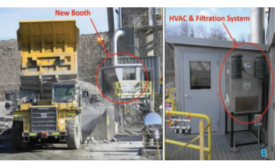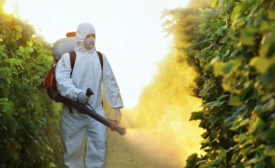News
From NIOSH Research Rounds
New rock-crusher booth protects against airborne pollutants
August 22, 2016
A NIOSH Science Blog post
Cardiovascular health status by occupational group
August 22, 2016
Never miss the latest news and trends driving the safety industry
eNewsletter | Website | eMagazine
JOIN TODAYCopyright ©2024. All Rights Reserved BNP Media.
Design, CMS, Hosting & Web Development :: ePublishing







